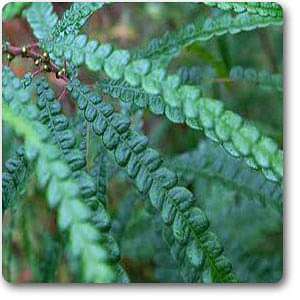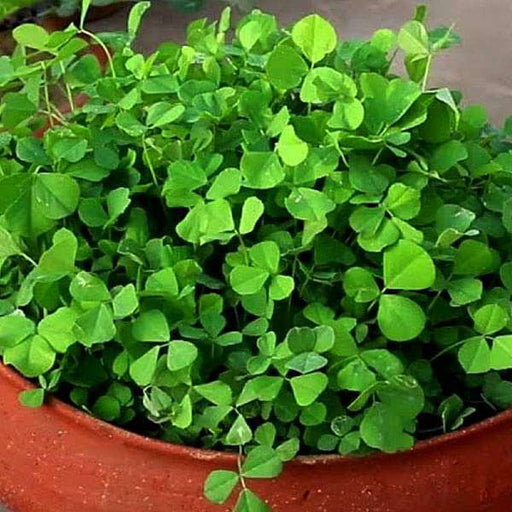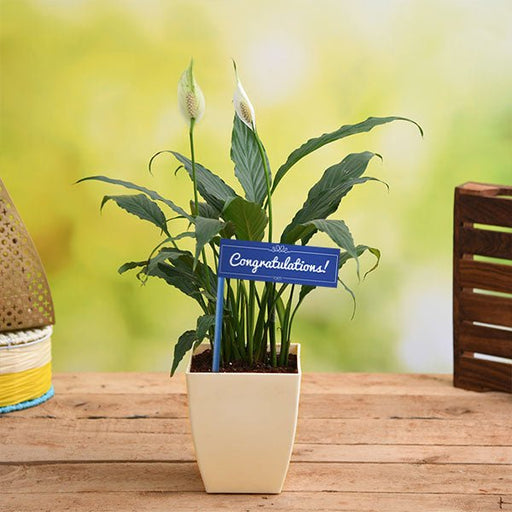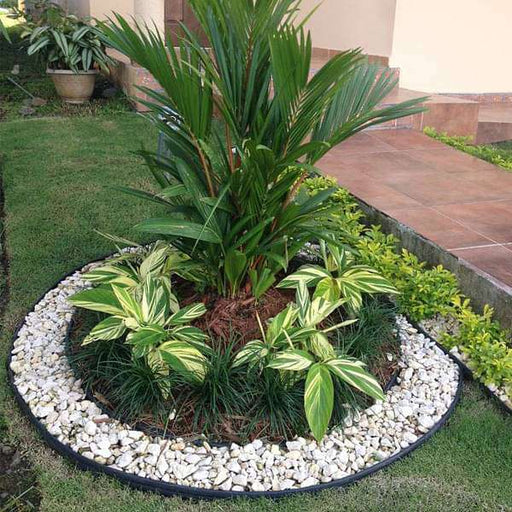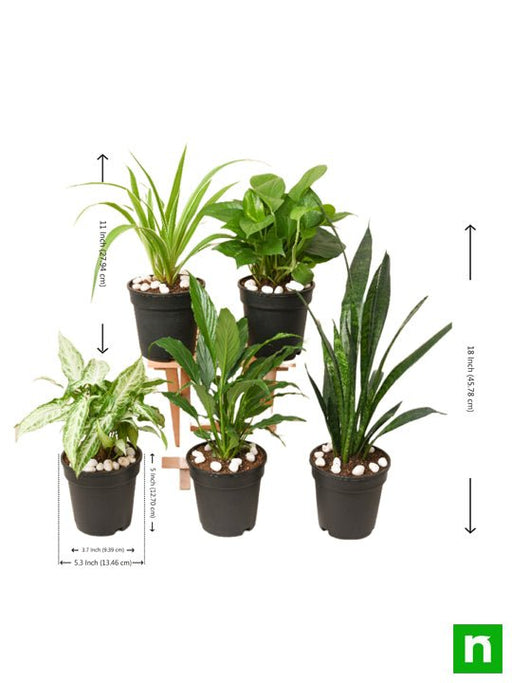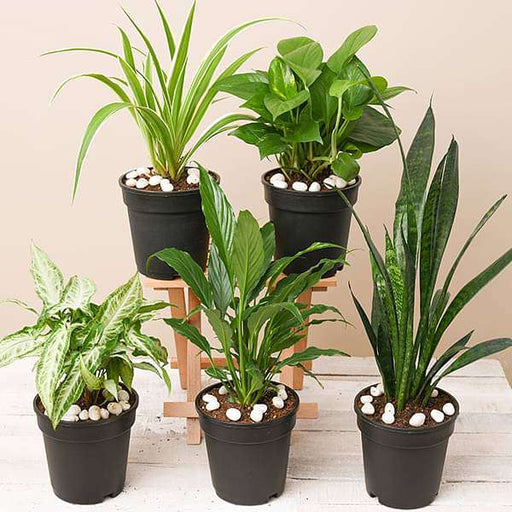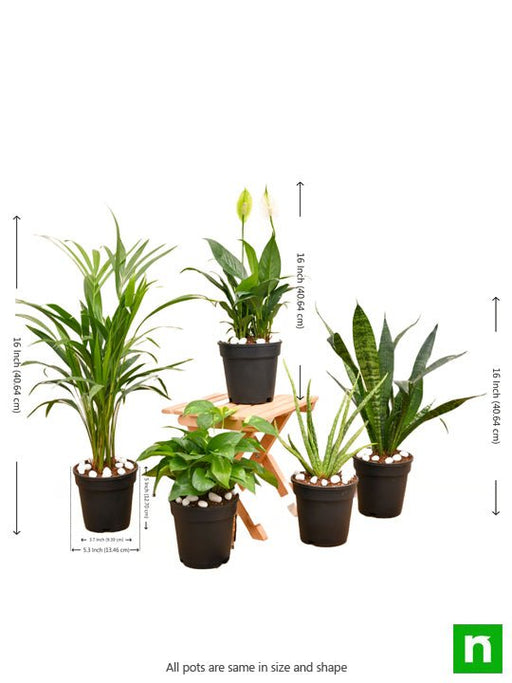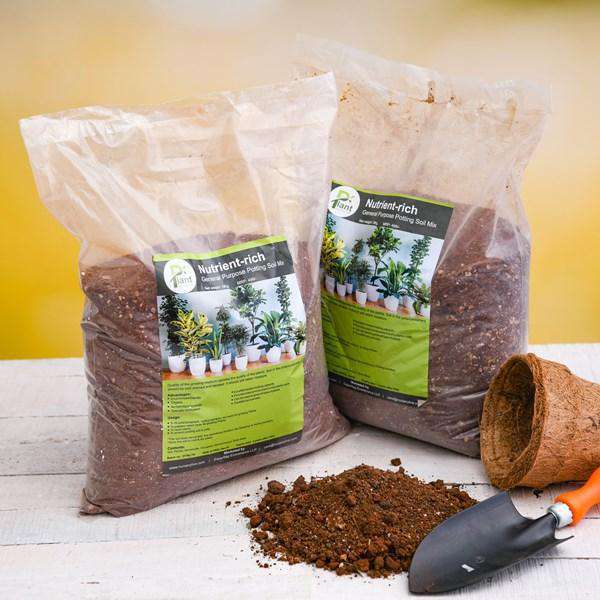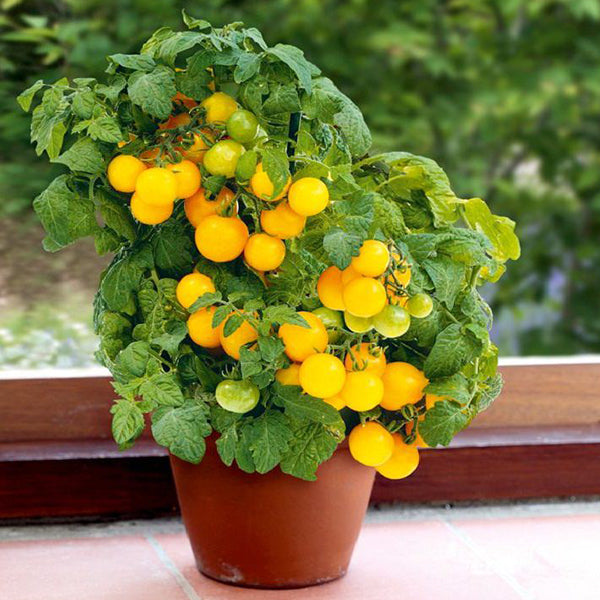Description
A deciduous shrub of eastern North America with sweet scented fern like leaves and tiny white flowers
Comptonia is a monotypic genus in the family Myricaceae, order Fagales. It is native to eastern North America, from southern Quebec south to the extreme north of Georgia, and west to Minnesota.
Plant Specifications
*above specification are indicative only. actual dimensions may vary by +-10%
| Maximum Reachable Height |
2 to 5 feet |
| Flower Colour |
White,Green |
| Bloom Time |
April to May |
| Difficulty Level |
Easy to grow |
Planting and care
Easily grown in average, medium, well-drained soil in full sun to part shade. Adaptable plant that tolerates wet conditions and wind (including sheltered seashore areas), drought and a wide range of soils (prefers sandy, acidic loams, but tolerates poor soils). Does not transplant well. Once established, however, it can spread rapidly to form colonies.
Sweetfern care
This low growing shrub does best in sandy soils, from well-drained dry sites to the edges of marshes. Sweet Fern (Comptonia peregrina) grows in Full sun to light shade, producing fern-like leaves that have a pleasant fragrance when crushed, hence the name. Often forms large colonies, so give this plant some room. Sweet Fern is a larval host plant for the Grey Hairstreak Butterfly.
| Sunlight |
Full sun to part shade |
| Watering |
Medium |
| Soil |
Well-drained soil |
| Temperature |
40 degrees C |
| Fertilizer |
Apply any organic fertilizer |
Sweetfern special feature
A good shrub for areas with poor soils, such as along alleys, waste areas or roads. An interesting and vigorous plant for native plant gardens or naturalized areas where it can be left alone to colonize.
Sweetfern uses
Medicinal Use:
- Sweetfern has medicinal properties and has been known to assist every organ in the elimination of toxins
Culinary Use:
